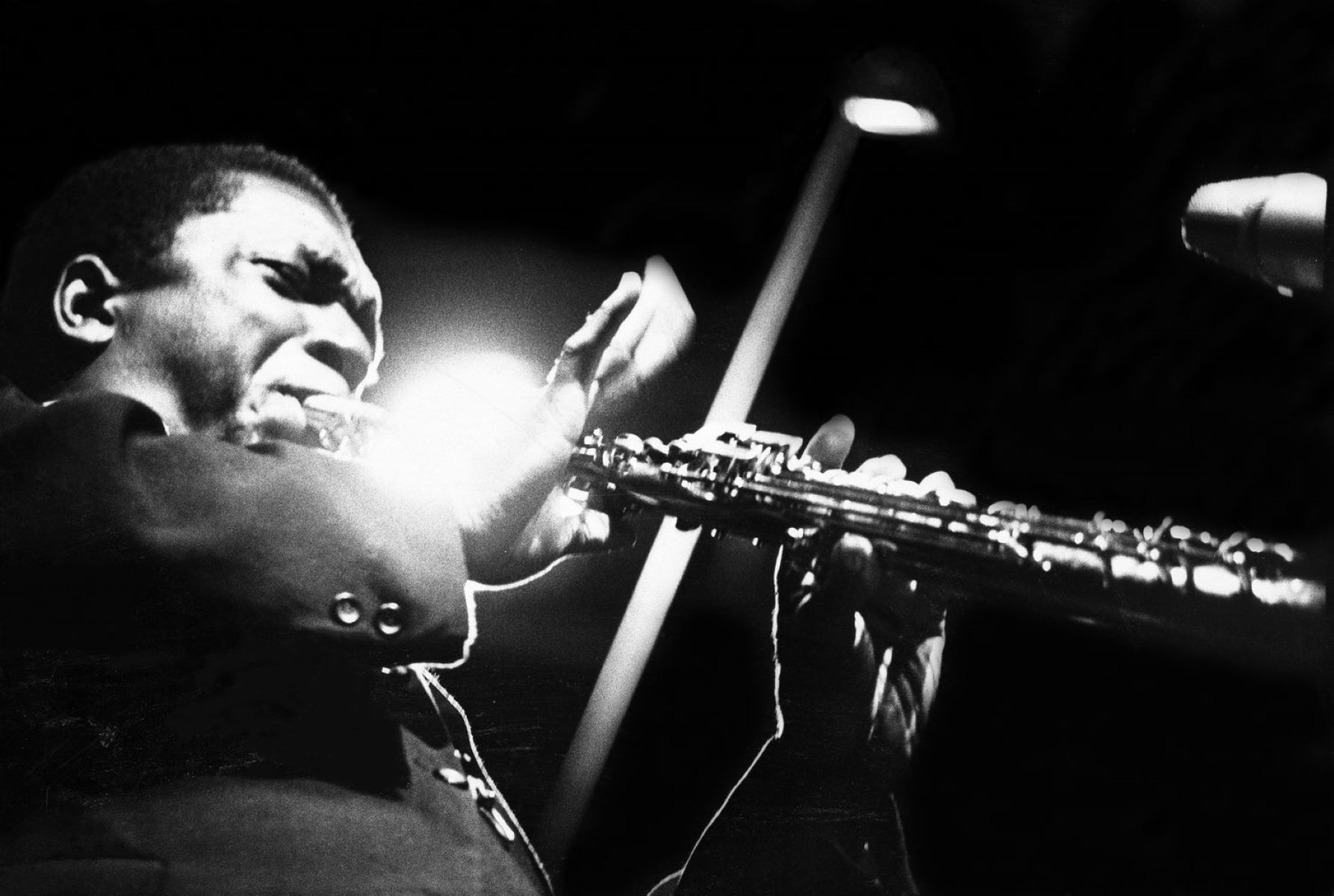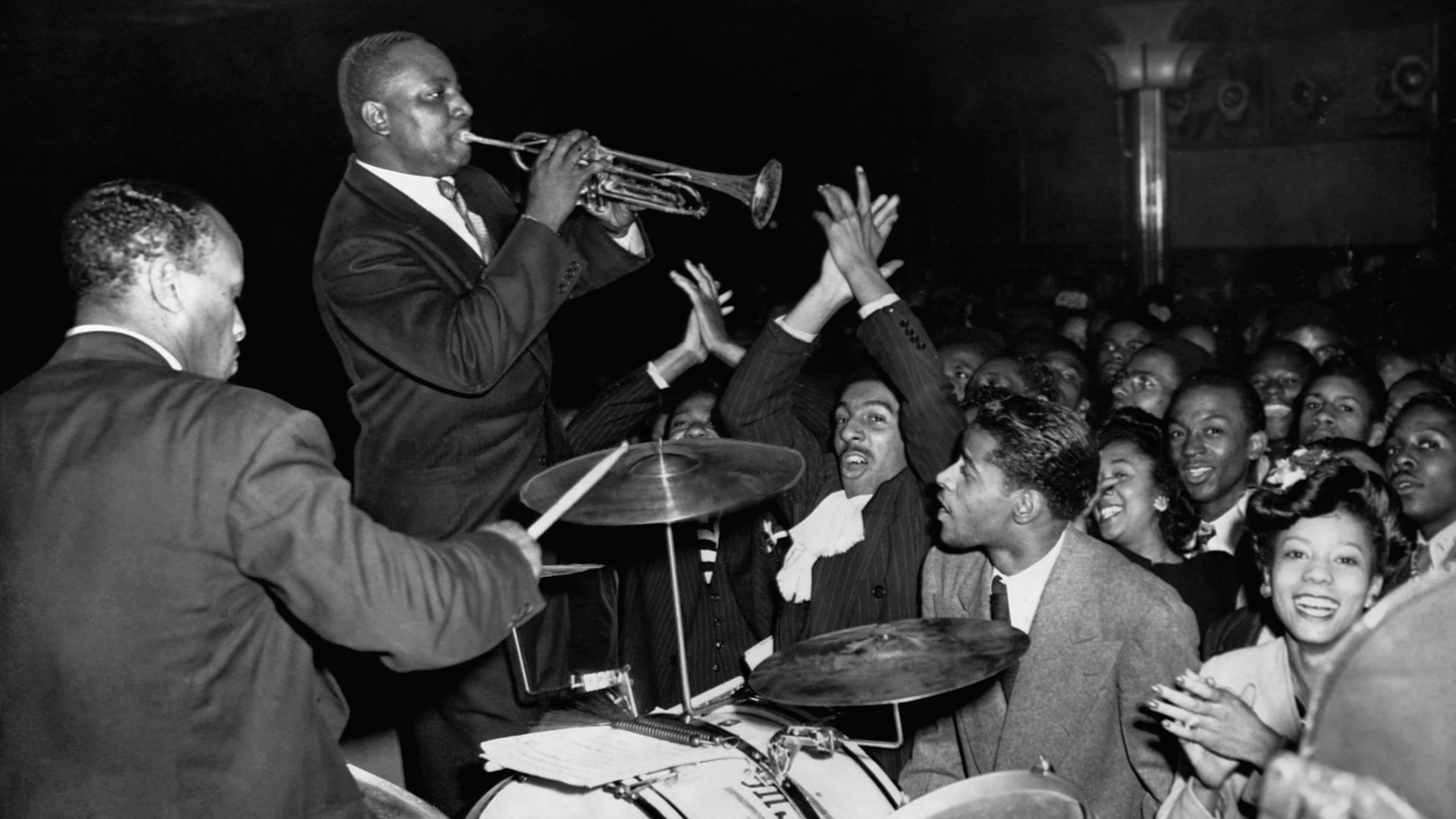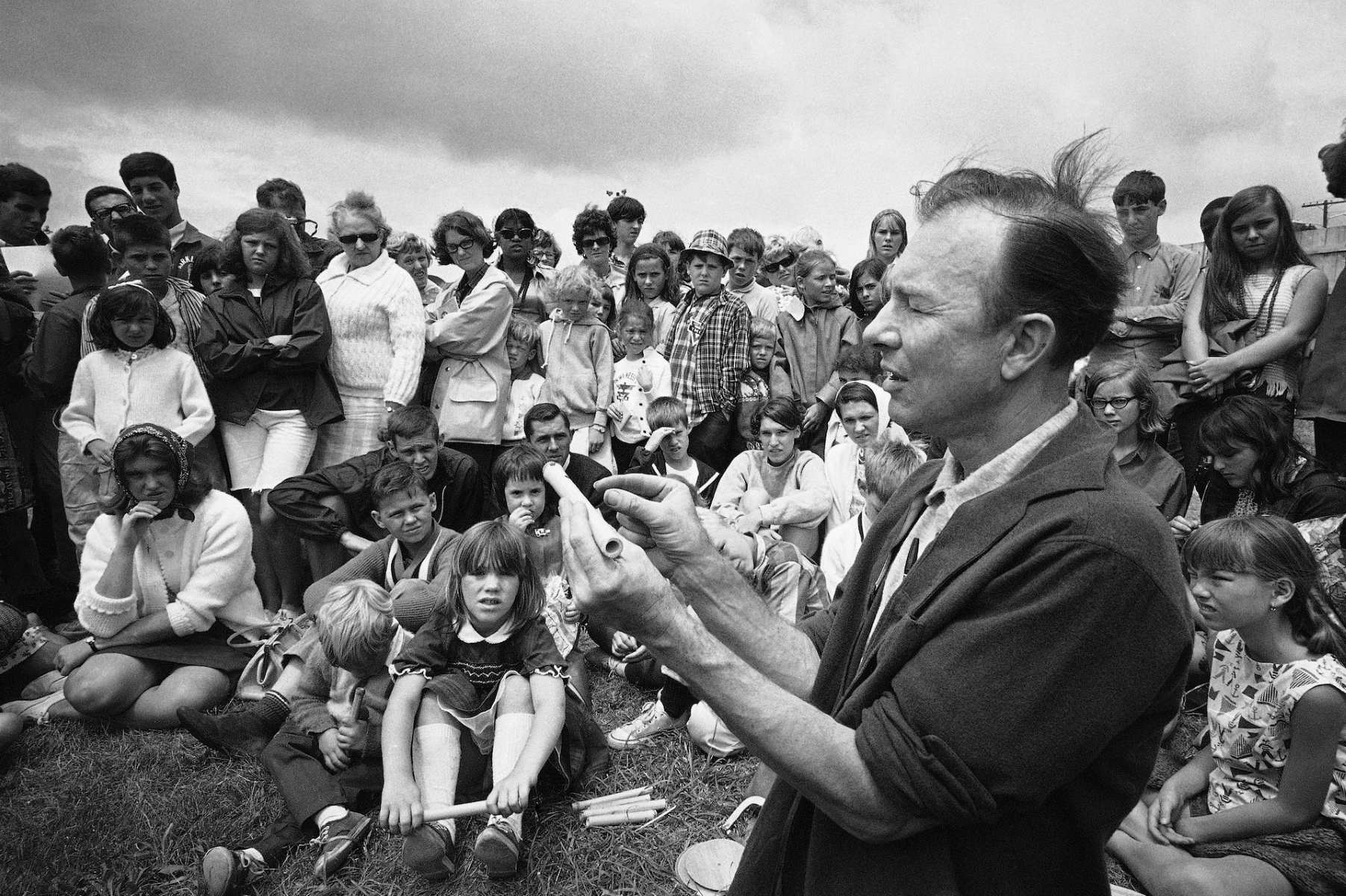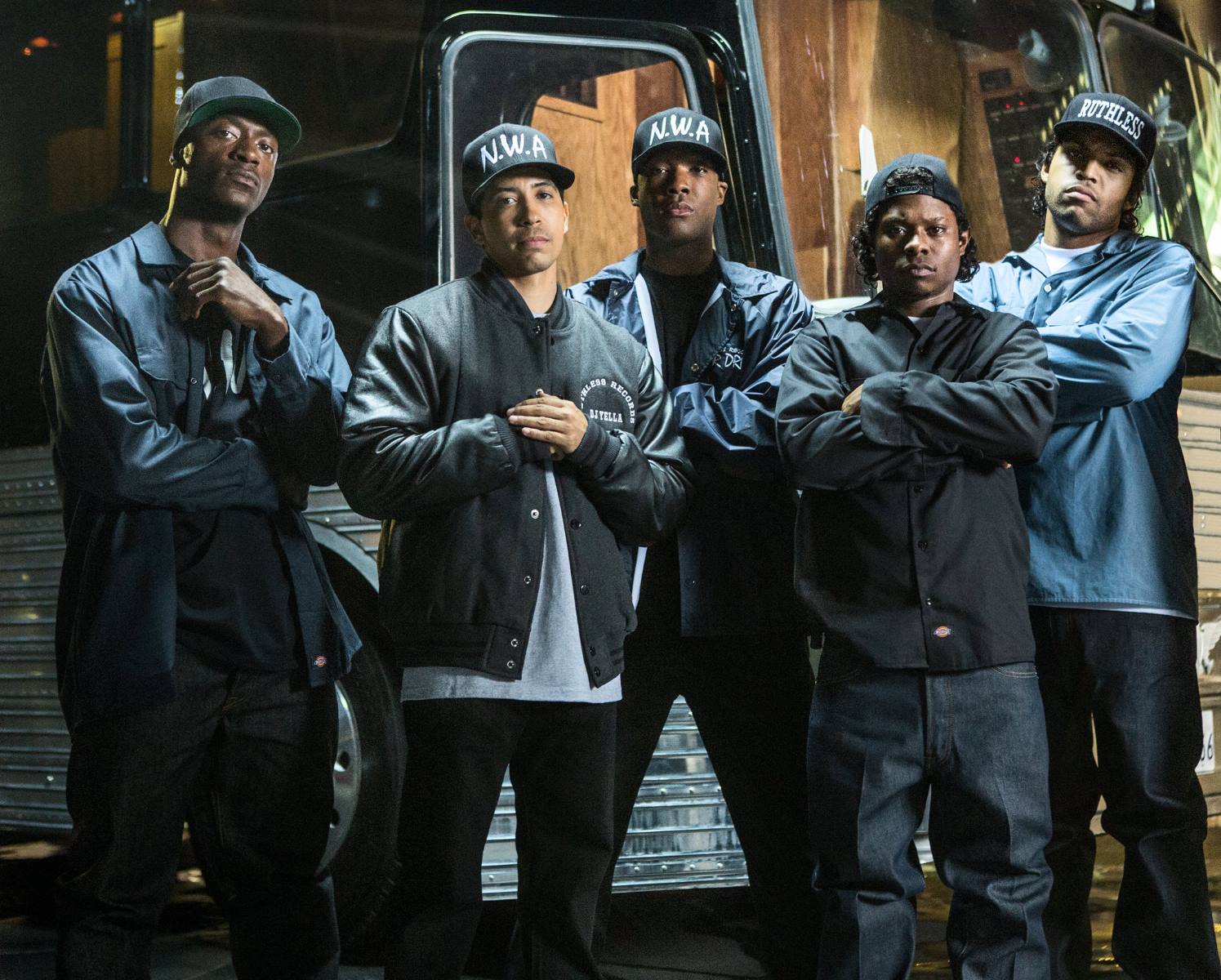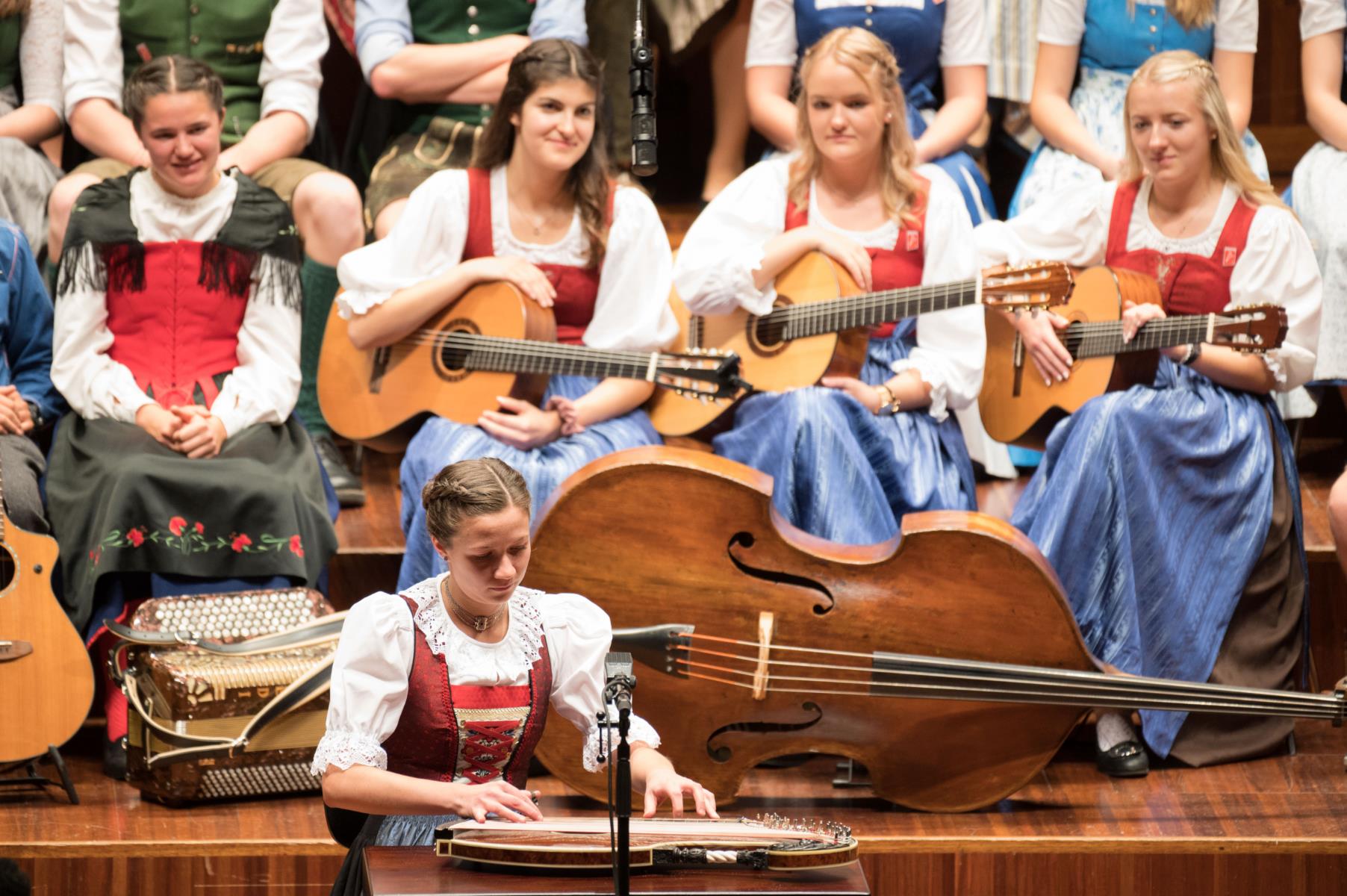

Folk
What Year Did Folk Music Start
Modified: January 22, 2024
Discover the origins of folk music and its rich history. Learn when folk music first emerged and how it has evolved over time.
(Many of the links in this article redirect to a specific reviewed product. Your purchase of these products through affiliate links helps to generate commission for AudioLover.com, at no extra cost. Learn more)
Table of Contents
Introduction
Folk music is a genre that has captivated audiences throughout history with its heartfelt melodies and insightful lyrics. It tells the stories of ordinary people, their struggles, their triumphs, and their traditions. But when did folk music first emerge? Where did its roots originate? In this article, we will delve into the rich history of folk music, exploring its origins and tracing its development through the centuries.
At its core, folk music is deeply rooted in the traditions and cultural heritage of a particular region or community. It is often passed down orally from one generation to another, evolving and adapting as it is shared. It thrives in times of social change, serving as a voice for the common folk and a means of expression for their joys and sorrows.
The origins of folk music can be traced back to the earliest civilizations, where communities would gather to sing and play music as part of their rituals and celebrations. However, it wasn’t until the Middle Ages that folk music as we know it today began to take shape.
Throughout the centuries, folk music has been influenced by various factors such as migration, cultural exchange, and technological advancements. Each era has left its mark on the genre, shaping its sound and themes.
In this article, we will explore the different periods in the history of folk music, beginning with its ancient roots and progressing through the Middle Ages, the Renaissance period, and up to the 20th century. We will discover how folk music has evolved and adapted to the changing times, while still remaining true to its essence and connecting deeply with people’s emotions.
So, join us on this musical journey as we uncover the captivating tale of folk music and explore the timeless beauty that lies within its melodies and lyrics.
The Origins of Folk Music
Folk music has its roots in ancient civilizations, where societies would gather in communal settings to sing and play music as part of their daily lives. These early forms of folk music served various purposes, ranging from religious rituals to storytelling and entertainment.
One of the earliest known forms of folk music can be found in the songs and chants of tribal communities. These songs were passed down orally, carrying the collective history, beliefs, and traditions of the tribe. Often accompanied by simple percussion instruments or made entirely with the human voice, these songs were a way to connect with the spiritual world, celebrate nature, and pass down cultural customs to future generations.
As civilizations developed, so did the complexity and diversity of folk music. In ancient Greece, for example, folk songs were performed during religious festivals and social gatherings. These songs, known as “epic poems,” narrated the heroic deeds of mythical figures and served as a powerful medium to preserve the cultural identity of the Greek people.
Similarly, in ancient China, traditional folk music played a significant role in ceremonies, weddings, and funerals. Musical instruments such as the guqin, pipa, and erhu were commonly used to accompany the melodic tunes, further enhancing the emotional impact of the music.
During the medieval period, the development of courtly music and troubadour culture heavily influenced folk music in Europe. While courtly music was reserved for the aristocracy, folk music emerged as a means for the common people to express their daily joys, sorrows, and struggles. It became a powerful form of storytelling, passing down historical events and cultural heritage.
As societies became more interconnected through trade and exploration, folk music began to evolve through the exchange of musical ideas between different cultures. This cross-pollination of musical styles and traditions added new dimensions to folk music, enriching its melodies and themes.
Throughout history, folk music has been deeply ingrained in the fabric of society, serving as a reflection of the people’s lives, experiences, and cultural identities. It has provided a voice for the common people, highlighting their struggles, hopes, and dreams.
In the next sections, we will explore how folk music thrived during different periods, from the Middle Ages to the Renaissance, the 18th and 19th centuries, and up to the modern era. We will discover the diverse influences that have shaped folk music and dive into the fascinating stories that lie behind its enchanting melodies.
Early Influences on Folk Music
Folk music, as we know it today, has been shaped by various influences throughout history. These influences include cultural, social, and technological factors that have contributed to the development and evolution of the genre.
One of the earliest influences on folk music can be traced back to the migration of people and the exchange of musical traditions. As different communities interacted and merged, their unique musical styles blended together, resulting in the creation of new sounds and melodies. This cultural exchange gave birth to diverse folk music traditions across different regions of the world.
Religion has also played a significant role in shaping folk music. Many folk songs have deep religious undertones, serving as a means of worship and spiritual expression. Hymns, psalms, and spirituals are examples of religious folk music that have been passed down through generations, reflecting the faith and beliefs of various cultures.
Social issues and political events have had a profound impact on folk music as well. During times of social unrest or political upheaval, folk music has served as a powerful voice for protest and solidarity among the common people. Songs of resistance and revolution, often passed down through oral tradition, have documented historical events and the struggles of the marginalized.
Technological advancements have also played a crucial role in the development of folk music. The invention of musical instruments, such as the guitar, violin, and accordion, expanded the possibilities of folk music composition and performance. These instruments provided new tonalities and textures, allowing folk musicians to experiment and create innovative sounds.
Furthermore, the advent of recording technology in the early 20th century revolutionized the dissemination of folk music. The ability to record and reproduce music on vinyl records made it easier for folk songs to reach broader audiences. This led to the popularization of folk music and the rise of well-known folk artists who became influential figures in shaping the genre.
Ultimately, the early influences on folk music have contributed to its rich and diverse nature. It is a genre that has continuously evolved and adapted to the changing times, while remaining deeply rooted in the traditions and cultural heritage of communities around the world.
In the following sections, we will delve into the specific periods in the history of folk music, exploring how it thrived during ancient times, the Middle Ages, the Renaissance period, and the 18th and 19th centuries. We will uncover the unique characteristics and distinctive sounds that emerged during each era, painting a vivid picture of the colorful tapestry that is folk music.
Folk Music in Ancient Times
In ancient times, folk music played a vital role in the cultural and social fabric of societies. It was a means of expression, storytelling, and a way to connect with the spiritual world. Folk music in ancient times varied across different civilizations and regions, but it shared common themes of tradition, folklore, and the celebration of daily life.
One of the earliest examples of ancient folk music can be traced back to the civilizations of Mesopotamia, Egypt, and India. Each of these cultures had their own distinct styles and instruments. In Mesopotamia, for instance, music was closely tied to religious rituals and was often performed with instruments such as the lyre and the harp. The songs and chants in these ancient civilizations reflected their beliefs, mythologies, and historical events.
Ancient Greece is another notable example of a civilization with a rich tradition of folk music. Greek folk songs, known as “demos,” were sung by common people and explored various themes, including love, work, and daily life. These songs were often accompanied by instruments like the aulos, lyre, and kithara, and were performed during festivals, banquets, and other communal gatherings.
Similarly, the folk music of ancient China showcased the diverse influences of the region. Traditional Chinese folk music incorporated a wide array of instruments, such as the guzheng, pipa, dizi, and erhu. Songs would depict the daily lives of peasants, express patriotism, or serve as a medium for storytelling and moral teachings.
In Native American cultures, folk music was deeply intertwined with their spiritual beliefs and customs. Songs were used in ceremonies, gatherings, and as a means of transmitting knowledge and oral history. The rhythm of drums, the melodies of flutes, and the haunting chants formed the backbone of Native American folk music.
Ancient folk music often relied on oral tradition, as written notation was not widely used during those times. This means that the songs and melodies were passed down from generation to generation through word of mouth. Each performance would have subtle variations, reflecting the individual interpretation of the singer or musician.
While the exact details of ancient folk music may be lost to time, its influence can still be felt today. Elements of ancient folk music can be found in contemporary folk songs, as modern artists draw inspiration from the melodies, themes, and instruments of the past.
As we explore further in this article, we will delve into the progression of folk music, from the Middle Ages to the Renaissance, the 18th and 19th centuries, and up to the present day. Each period has left its mark on folk music, shaping its evolution and ensuring its enduring appeal.
Folk Music in the Middle Ages
The Middle Ages, spanning roughly from the 5th to the 15th century, was a time of significant development and transformation in the world of folk music. As feudal societies emerged across Europe, so did the importance of folk music as a means of storytelling, entertainment, and cultural expression.
During this era, folk music in the Middle Ages was characterized by its close association with courtly music and troubadour culture. While courtly music was reserved for the nobility, folk music emerged as a distinct form of expression for the common people. It became a way to pass down traditions, celebrate local customs, and narrate stories of love, war, and everyday life.
Folk music in the Middle Ages was primarily performed using traditional instruments such as the lute, harp, bagpipes, and flute. These instruments, with their rustic and melodic qualities, provided the accompaniment for the songs and ballads of the time. The lyrics often explored themes of chivalry, courtly love, and the everyday struggles faced by the common folk.
One significant influence on folk music during the Middle Ages was the troubadours and trouveres. These were traveling musicians, poets, and composers who performed songs in languages such as French, Provençal, and Italian. The troubadour tradition introduced a new level of sophistication and poetry to folk music, elevating it as a respected art form.
During this period, folk music also played a role in religious ceremonies and festivals. Gregorian chants, sung by monks and religious orders, were a form of folk music that focused on sacred themes. These chants were performed in monasteries and during church services, connecting people to their faith and providing a musical backdrop for worship.
The Middle Ages also witnessed the rise of minstrels, who were professional musicians skilled in singing and playing multiple instruments. They entertained audiences with their performances, regaling them with songs, stories, and comedic acts. The influence of minstrels on folk music cannot be overstated, as they played a vital role in disseminating folk songs and popularizing the genre.
While written musical notation began to develop during the Middle Ages, folk music was primarily an oral tradition. Songs were passed down from generation to generation through word of mouth, ensuring that the stories and melodies would endure. This oral transmission allowed for variations and improvisation, making each performance unique and reflecting the individual interpretation of the musician or singer.
The Middle Ages laid the foundation for the evolution of folk music. Its integration with courtly music, the emergence of troubadours, and the vital role of minstrels all contributed to the rich tapestry of folk music during this period. As we continue to explore the history of folk music, we will uncover its progression into the Renaissance, the 18th and 19th centuries, and the modern era, where folk music continued to flourish and evolve.
Folk Music in the Renaissance Period
The Renaissance period, spanning roughly from the 14th to the 17th century, was a time of great cultural and artistic flourishing. It marked a significant shift in the development of folk music, as the influence of the Renaissance spread throughout Europe, bringing new musical styles, instrumentation, and compositions.
During the Renaissance, folk music continued to serve as a means of cultural expression and storytelling for the common people. However, it also began to be influenced by the prevailing courtly music trends and the advancements in music theory and notation.
One notable development during the Renaissance period was the widespread availability of printed sheet music, which allowed for the dissemination of folk songs to a wider audience. It provided an avenue for preserving and sharing traditional melodies and lyrics, ensuring their survival for future generations.
Folk music during the Renaissance underwent a transformation in terms of instrumentation as well. While traditional folk instruments such as the lute, harp, and bagpipes remained popular, the Renaissance saw the emergence of new instruments like the viola da gamba, the virginal, and the early versions of the guitar. These instruments introduced new tonal possibilities and expanded the musical textures within folk compositions.
The Renaissance also witnessed the fusion of folk music with art music and courtly compositions. Musicians and composers, inspired by the folk melodies of their respective regions, incorporated these tunes into their compositions. This synthesis resulted in the creation of choral works, madrigals, and instrumental arrangements that showcased the rich tapestry of both traditional and composed folk music.
One prominent example of this integration is the collection of folk tunes compiled by composer John Playford in his publication “The English Dancing Master.” Published in 1651, it contained popular dance music of the time, including traditional folk tunes that reflected the cultural heritage of the English people. The collection’s enduring popularity is a testament to the lasting impact of folk music during the Renaissance period.
Folk music in the Renaissance continued to be deeply intertwined with social and cultural aspects of everyday life. Songs reflected the joys, sorrows, and experiences of the common people, allowing them to connect with their shared heritage and stories. Festivals and community gatherings provided platforms for folk musicians to perform and evoke a sense of unity among the people.
The Renaissance period marked a significant evolution in folk music, as it assimilated the influences of courtly music and incorporated new instruments and compositions. The popularization of printed sheet music contributed to the preservation and dissemination of folk melodies, ensuring their endurance for future generations to appreciate and enjoy.
In the subsequent sections, we will explore the progression of folk music into the 18th and 19th centuries, where significant social and cultural changes shaped the genre and propelled it towards new heights of popularity and innovation.
Folk Music in the 18th Century
The 18th century was a period of significant social and cultural change, and this had a profound impact on folk music. As Europe entered the Age of Enlightenment, folk music continued to thrive as a means of cultural expression, storytelling, and community bonding.
During this time, folk music remained deeply rooted in the lives of the common people. It was performed at social gatherings, festivals, and events, serving as a reflection of the joys, struggles, and traditions of everyday life. Folk songs often explored themes such as love, work, nature, and the political landscape of the time.
In the 18th century, the popularity of folk music grew even further with the rise of literary and cultural movements that celebrated national identity and folklore. This led to an increased interest in collecting and preserving traditional folk songs and dances.
Throughout Europe, there were efforts to collect and document folk music, often led by scholars, musicians, and composers. One notable example is the work of Johann Gottfried Herder, a German philosopher and cultural critic. He championed the importance of folk music as a symbol of national identity and documented songs and melodies from various regions across Europe.
Technology played a role in the preservation and dissemination of folk music during this period. The invention and popularization of the printing press allowed for the mass production of sheet music, making folk songs more accessible to a broader audience. This helped to standardize melodies and ensure their preservation for future generations.
The musical instruments used in folk music also continued to evolve during the 18th century. Traditional instruments such as the fiddle, flute, and accordion remained popular, but new instruments, such as the piano and the clarinet, began to make their way into folk music ensembles. These instruments added new tonal possibilities and expanded the range of expression within folk compositions.
One significant development in the 18th century was the emergence of folk dances. These lively and energetic dances, such as the polka, waltz, and mazurka, became popular among both rural and urban communities. Folk dance gatherings provided opportunities for people to come together, celebrate, and forge connections through music and movement.
As the 18th century progressed, the influence of folk music on art music and vice versa became more apparent. Composers, such as Ludwig van Beethoven and Franz Schubert, drew inspiration from folk melodies and incorporated them into their compositions. This cross-pollination resulted in the fusion of folk music elements with classical forms and structures.
In summary, the 18th century witnessed the continued vitality of folk music as a form of cultural expression and community bonding. It saw efforts to collect and preserve traditional songs, advancements in technology for the dissemination of music, and the continued evolution of instruments and dances. As we move into the 19th century, we will uncover further developments that shaped the landscape of folk music.
Folk Music in the 19th Century
The 19th century was a time of profound social, cultural, and technological change, and folk music continued to evolve and adapt to the shifting landscape. This century witnessed the rise of nationalism, industrialization, and significant societal transformations, all of which had a profound impact on the development of folk music.
One of the defining features of folk music in the 19th century was its role in fostering national identity and cultural pride. As countries were forging their identities, folk music became a symbol of national heritage and a way to celebrate and preserve traditional customs and values. Scholars and collectors played a crucial role in documenting and studying folk music, ensuring its preservation for future generations.
The 19th century also saw advancements in technology that revolutionized the production and dissemination of folk music. The invention of the phonograph and the subsequent development of recordings made it possible to capture and preserve performances of folk songs. This allowed for wider distribution and exposure of folk music to a larger audience, fueling its popularity.
One notable phenomenon that emerged during this time was the rise of the folk song revival movement. In various countries, there was a renewed interest in collecting, arranging, and performing traditional folk songs. Prominent figures such as Cecil Sharp in England and Bartók and Kodály in Hungary played crucial roles in this folk song revival, often working directly with folk musicians and communities to document and preserve their music.
The 19th century also witnessed the influence of folk music on art music, as composers drew inspiration from folk melodies and incorporated them into their compositions. Artists like Frederic Chopin, Antonín Dvořák, and Edvard Grieg, among others, infused their classical compositions with folk music elements, creating a fusion of styles that captivated audiences.
Additionally, the 19th century saw the rise of industrialization and urbanization. As people migrated from rural areas to cities in search of employment, folk music began to adapt to the changing circumstances. Urban folk music developed, incorporating elements from different traditions and reflecting the multicultural nature of urban environments. This music often expressed the experiences and challenges faced by the working class in the industrialized cities.
Political and social events also influenced the themes and messages of folk songs in the 19th century. Songs of revolution, patriotism, and protest became prevalent, reflecting the spirit of change and upheaval during this time. They served as a means for people to express their social and political discontent and to advocate for justice and equality.
In summary, the 19th century was a transformative period for folk music. It witnessed the strengthening of national identities, technological advancements in recording and distribution, the folk song revival movement, the fusion of folk and art music, and the development of urban folk music. These developments ensured the continued relevance and vitality of folk music as a reflection of people’s lives and a powerful medium for storytelling and cultural expression.
Folk Music in the 20th Century
The 20th century brought about significant changes in the world, and folk music continued to evolve, adapt, and find new audiences during this dynamic era. The century witnessed a fusion of diverse musical styles, the rise of social and political movements, and technological advancements that revolutionized the way folk music was created, shared, and appreciated.
One of the defining features of folk music in the 20th century was its role as a vehicle for social and political commentary. Folk singer-songwriters emerged as powerful voices, using their music to express their views on issues such as civil rights, war, poverty, and environmental concerns. Artists like Woody Guthrie, Pete Seeger, and Bob Dylan played significant roles in shaping the protest music movement and creating a legacy of socially conscious folk music.
Technological advancements played a crucial role in the popularization and dissemination of folk music in the 20th century. The invention of the radio, followed by the rise of recording technology, including vinyl records and later cassette tapes and CDs, allowed for the widespread distribution and exposure of folk music to a larger and more diverse audience. Folk music became more accessible and could reach people from different backgrounds and regions.
The folk revival movement of the mid-20th century also had a significant impact on the genre. Artists and music enthusiasts began to revisit and reinterpret traditional folk songs, infusing them with contemporary influences and modern arrangements. This movement breathed new life into folk music, injecting it with fresh energy while still honoring its roots.
In the late 20th century, the folk music scene diversified further with the emergence of different subgenres and regional variations. From Celtic folk to Americana, from world music influences to contemporary singer-songwriters, folk music continued to evolve, embracing a wide range of styles and influences.
Alongside the traditional acoustic instrumentation, electronic elements and modern production techniques started to find their way into folk music compositions. Experimentation with sound, fusion with other genres like rock, jazz, and even electronic music, brought a new dimension to folk music, appealing to younger audiences and expanding its reach.
The 20th century also witnessed the growing recognition and appreciation of folk music as an art form. Festivals dedicated to folk music, such as Newport Folk Festival and Cambridge Folk Festival, became platforms for established and emerging folk artists to showcase their talents. These events brought together a community of folk music enthusiasts, fostering a sense of connection and celebration.
As we move into the 21st century, folk music continues to thrive, reinvent itself, and resonate with audiences around the world. Its ability to reflect the human experience, to tell stories, and to convey emotions remains timeless. Folk music stands as a testament to the power of tradition, innovation, and the enduring spirit of the common people.
Conclusion
Throughout history, folk music has been an integral part of human culture, spanning ancient civilizations to the modern era. It has evolved, adapted, and persevered, reflecting the experiences, traditions, and values of ordinary people. From its origins in ancient rituals and tribal chants to its transformation during the Middle Ages, the Renaissance, the 18th and 19th centuries, and the 20th century, folk music has remained a powerful medium of storytelling, cultural expression, and community bonding.
Folk music has seen its fair share of influences, including migration, cultural exchange, religion, societal changes, technological advancements, and artistic movements. It has incorporated elements from various regions and traditions, shaping a rich and diverse tapestry of melodies, rhythms, and instrumentation.
Throughout its history, folk music has provided a voice to the voiceless, serving as a means of protest, celebration, and spiritual connection. It has given rise to inspiring figures, from troubadours and minstrels to singer-songwriters and folk revivalists, who have played significant roles in shaping the genre and carrying its legacy forward.
In the 21st century, folk music continues to thrive, capturing the hearts and minds of people around the world. Artists draw inspiration from traditional melodies while incorporating new sounds and influences, keeping folk music relevant and vibrant in an ever-changing musical landscape.
Whether it’s the ancient folk tunes of Mesopotamia, the enchanting melodies of Renaissance ballads, or the powerful protest songs of the 20th century, folk music has stood the test of time. It captures the essence of humanity, connecting us through our shared experiences, emotions, and aspirations.
As we listen to the captivating melodies and heartfelt lyrics of folk music, we are transported to different times, places, and cultures. It reminds us of the power of music to transcend boundaries and touch our souls. Whether we find solace in the melancholic melodies or joy in the uplifting rhythms, folk music continues to resonate with us on a profound level.
So let us celebrate the rich history, diversity, and enduring beauty of folk music. Let us embrace its traditions, innovate within its boundaries, and pass down its melodies to future generations. Folk music is a treasure that deserves to be cherished, explored, and shared, for it holds within it the authentic expressions of the human spirit.

